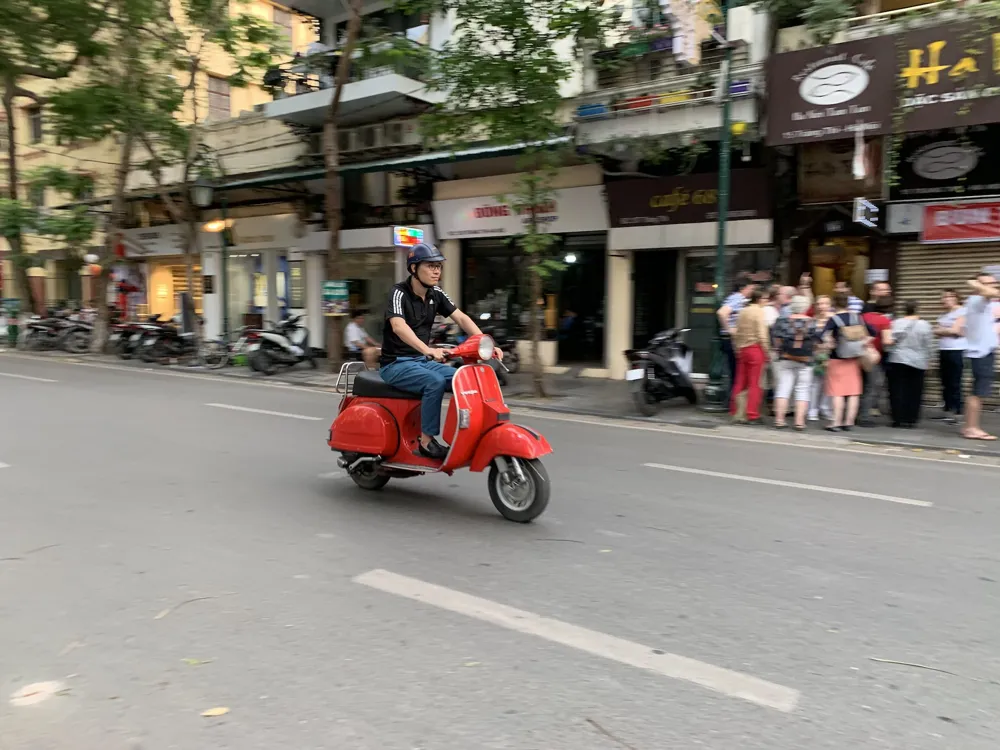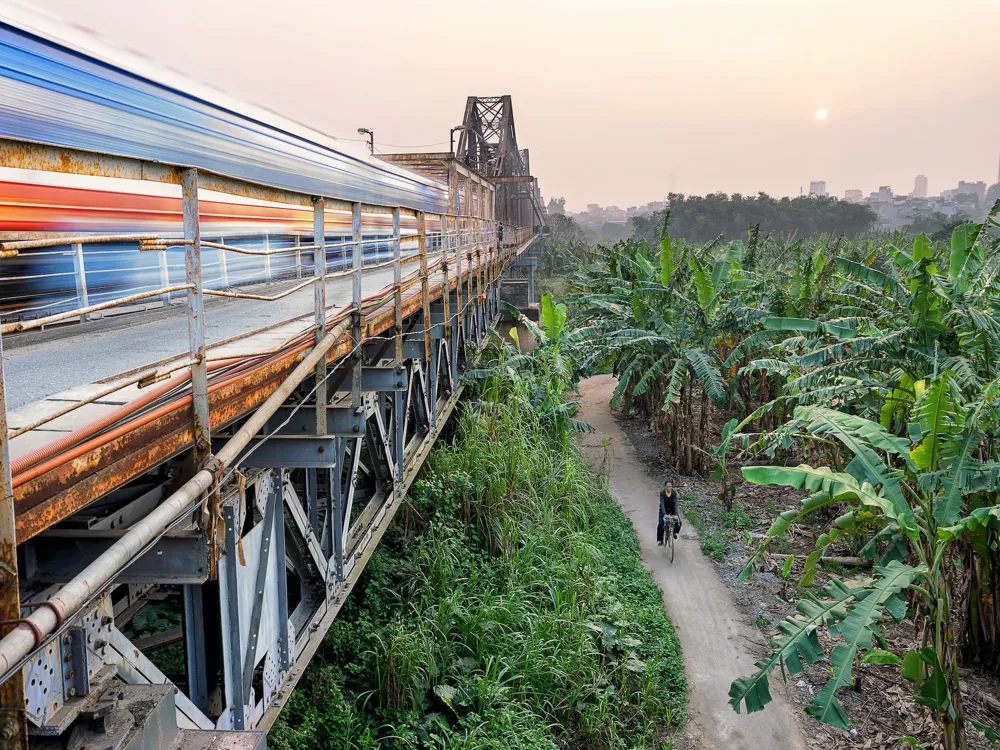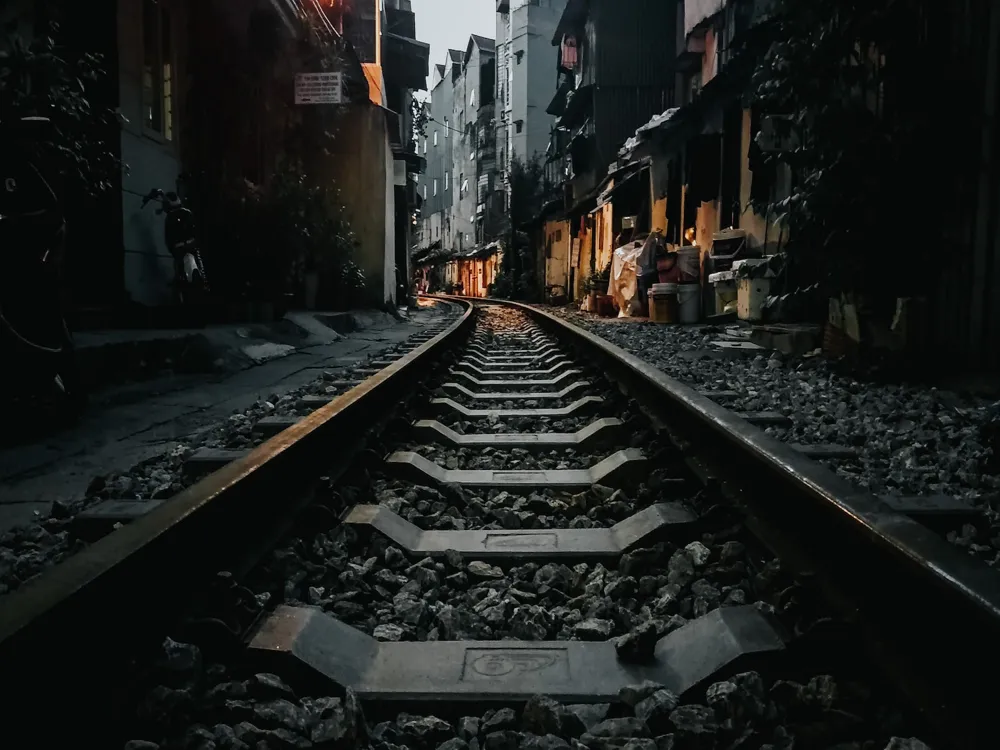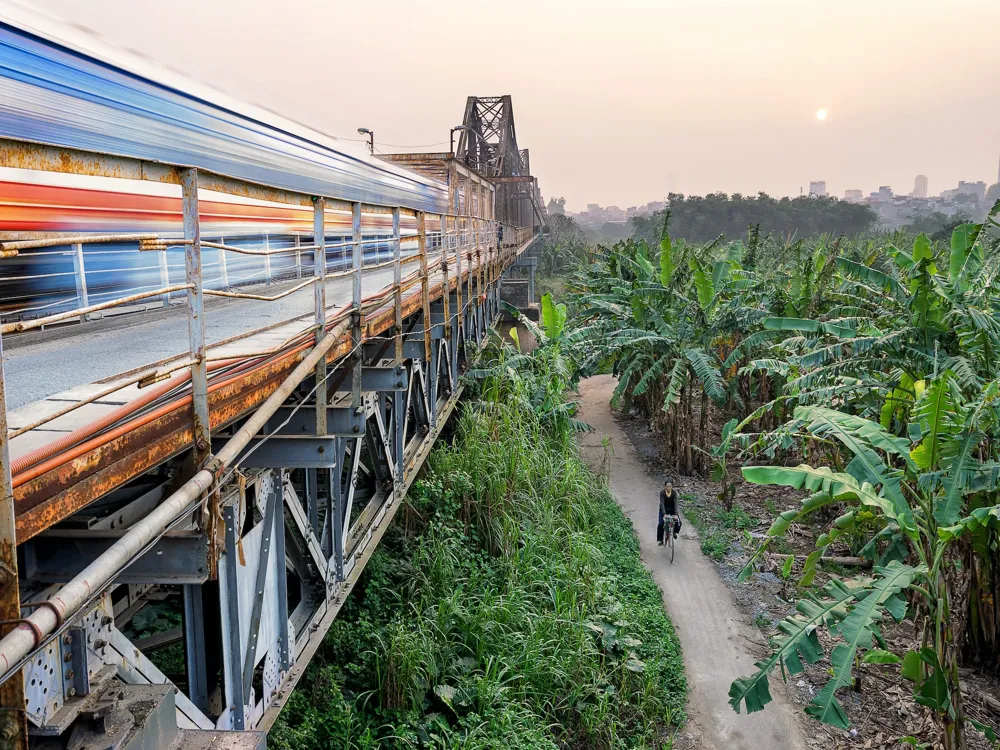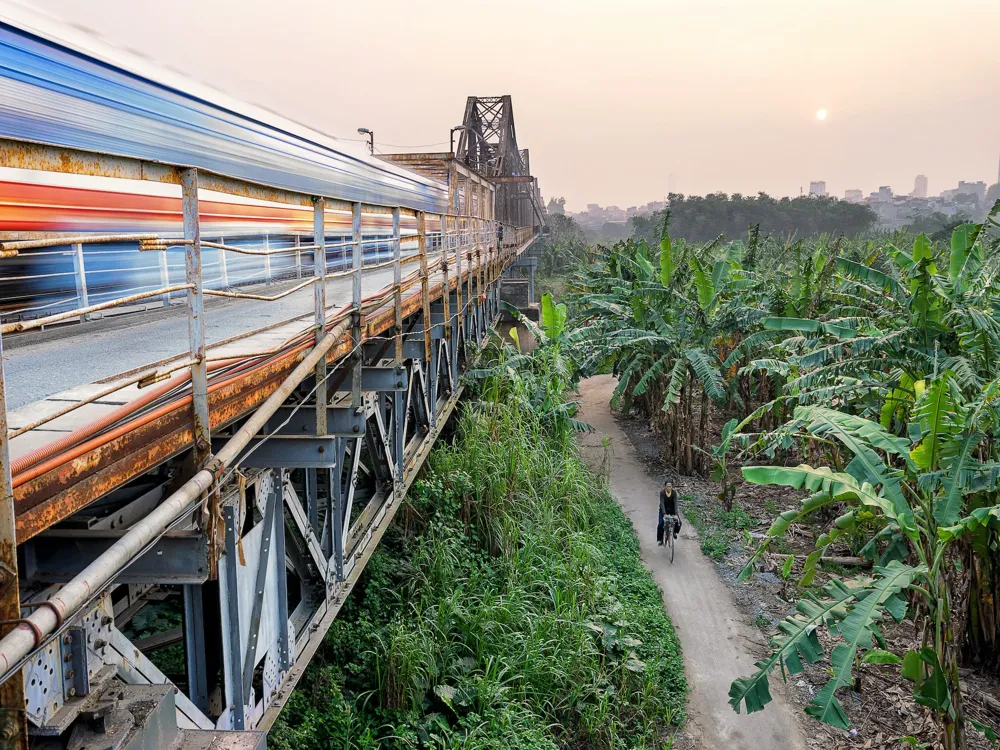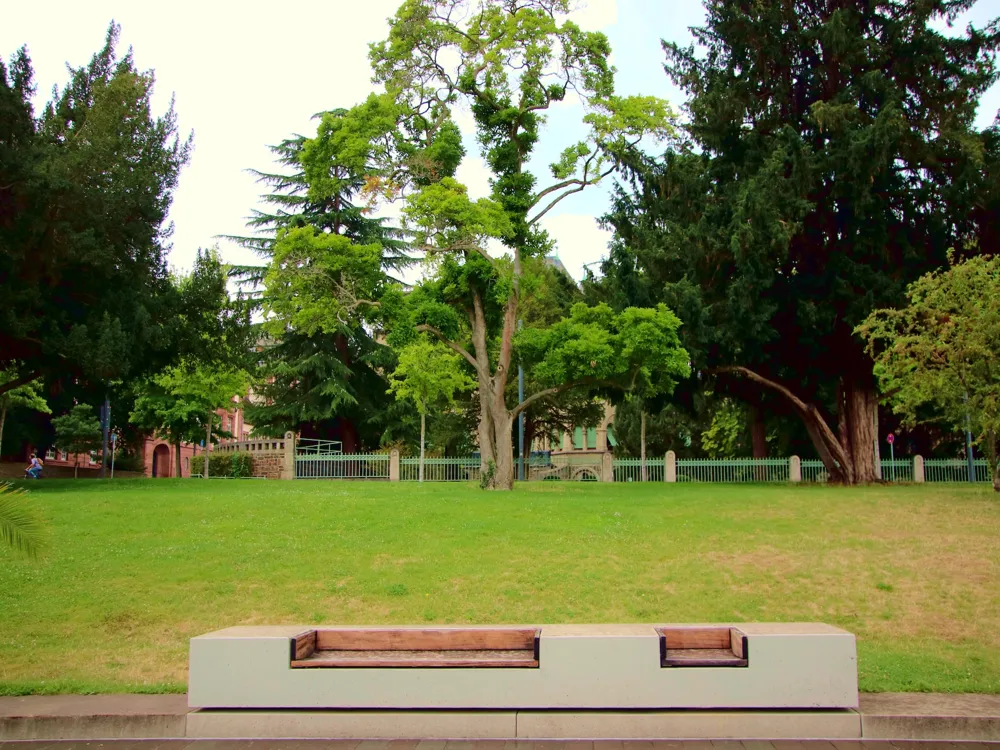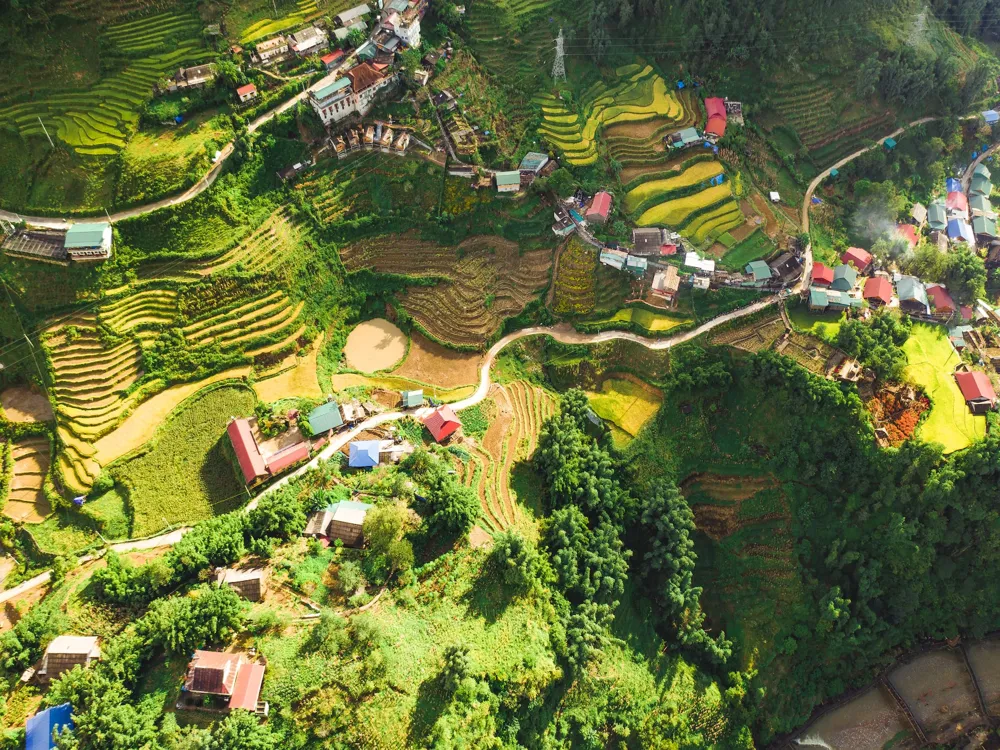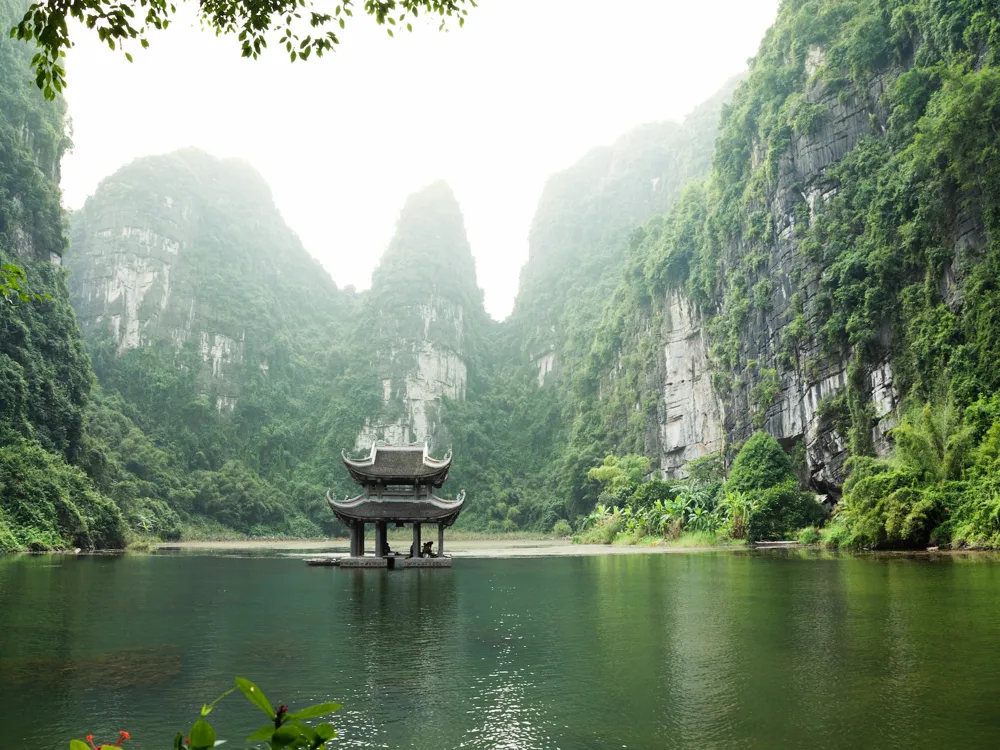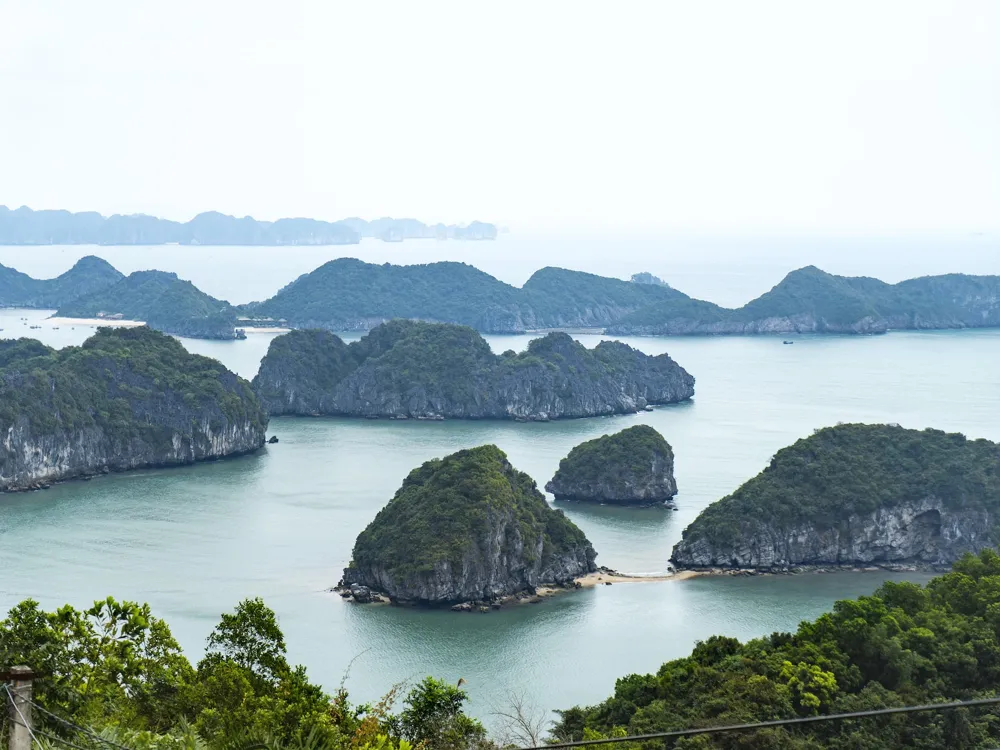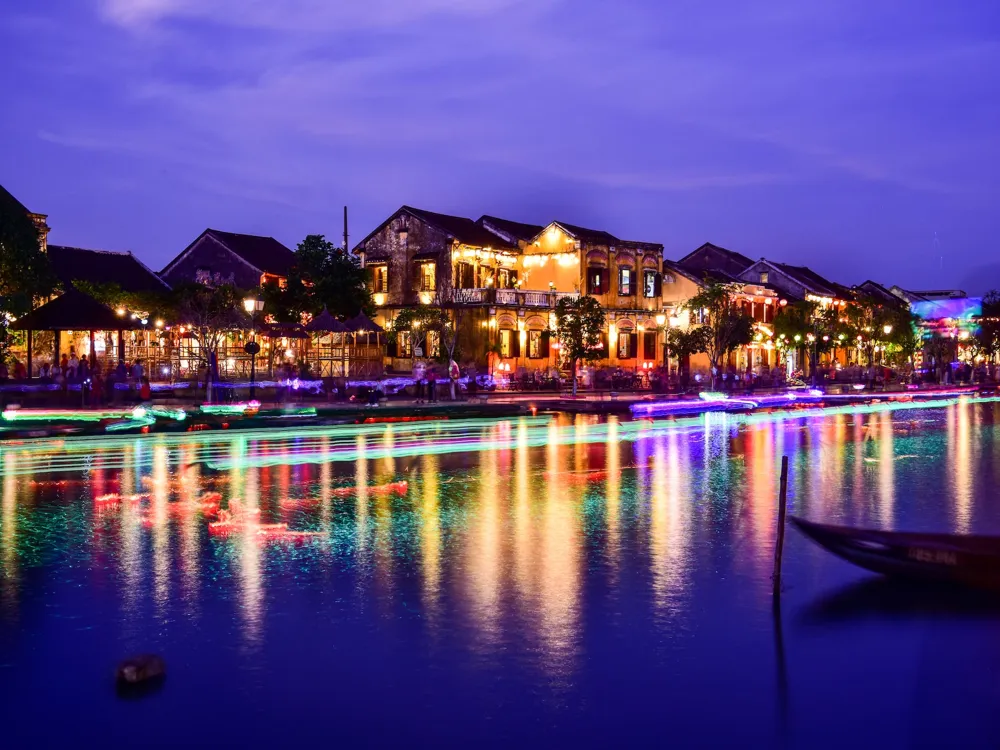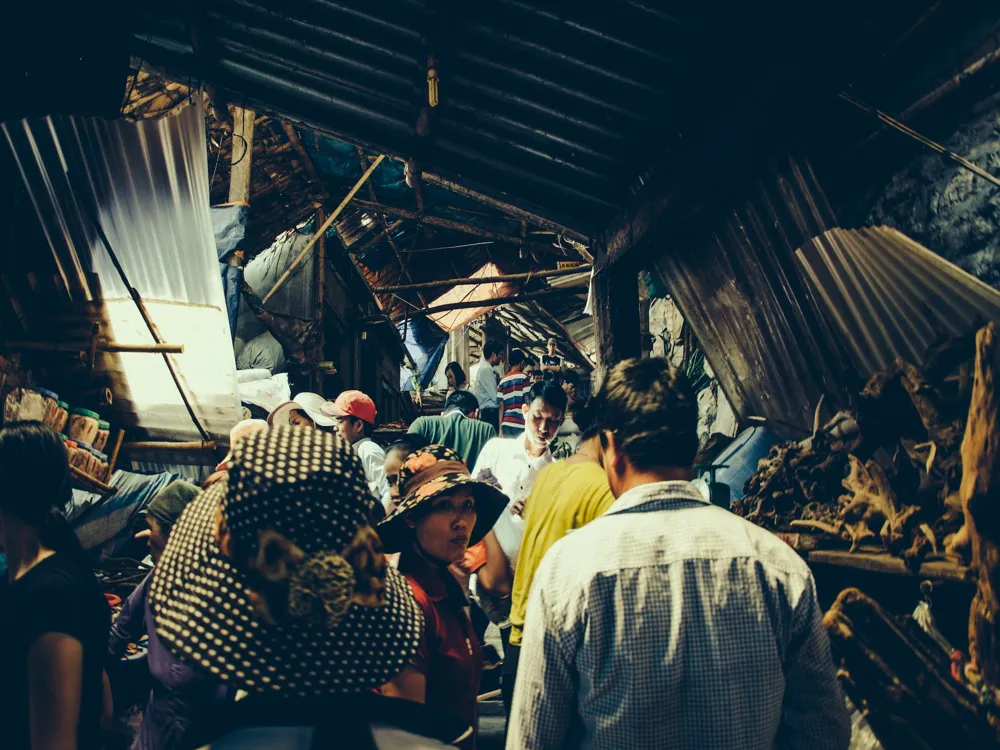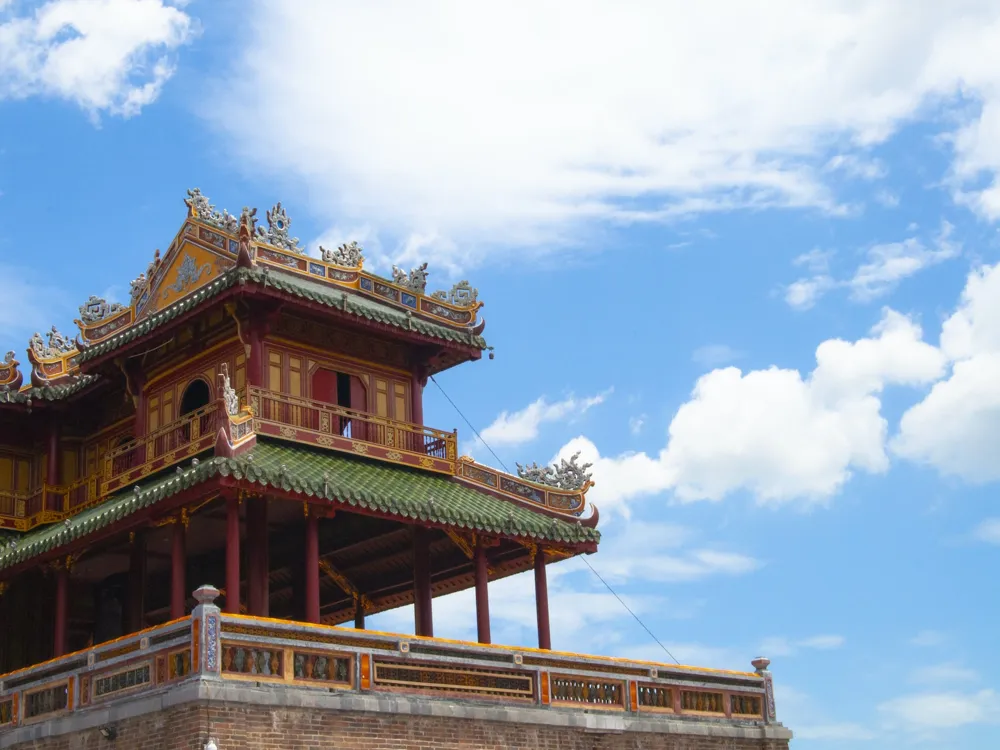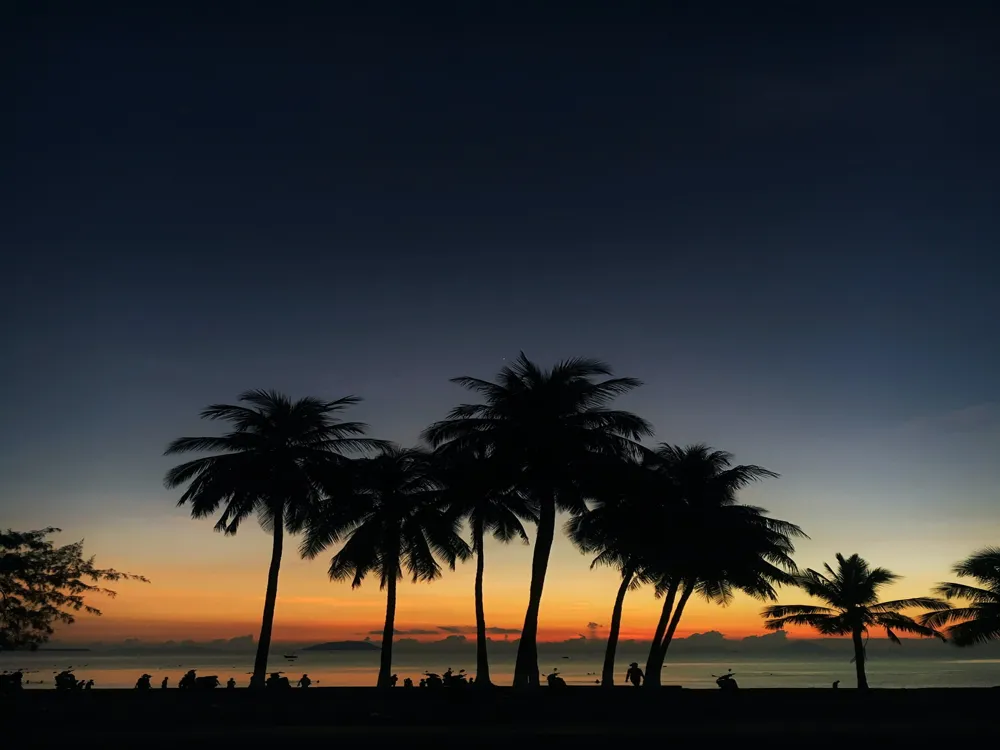Hanoi, the capital city of Vietnam, is a fascinating blend of East and West, combining traditional Sino-Vietnamese motifs with French flair. It's a city where the past coexists with the present; ancient temples nestle under the shadows of modern skyscrapers. The city's history dates back over a thousand years, with its origins tracing to 1010 AD when it was named Thang Long, meaning 'Ascending Dragon.' Over centuries, Hanoi has witnessed the rise and fall of dynasties, colonial rule, and the relentless spirit of the Vietnamese people.
The heart of Hanoi is the Old Quarter, a bustling neighborhood of narrow streets and alleys, known for its rich history and vibrant market culture. Each street in the Old Quarter was traditionally dedicated to a specific trade or craft, a legacy that is still visible in the shopfronts and merchandise. The area is also home to several architectural and cultural landmarks, including the ancient Temple of Literature, dedicated to Confucius, and the iconic Hoan Kiem Lake, a focal point for local life.
Hanoi's culture is a tapestry of influences – from local Vietnamese traditions to French colonial elements. This blend is best experienced through the city's cuisine, offering both street food stalls and upscale restaurants. Pho, the famous Vietnamese noodle soup, originated here, and the city's coffee culture, influenced by French practices, is renowned.
Hanoi is not just a city to be seen but to be experienced. The city pulses with energy, from the early morning Tai Chi sessions along the lake to the bustling night markets. It’s a city that surprises, a place where one can wander from ancient pagodas to modern art galleries, and where traditional Vietnamese music can be heard echoing through the streets amidst the calls of street vendors.
Hanoi's architecture is a window into its storied past, showcasing a range of styles from ancient Vietnamese designs to French colonial structures. The city's architectural landscape is a testament to its historical vicissitudes, influenced by various cultural and political epochs.
The ancient architecture of Hanoi is predominantly seen in its temples and pagodas, like the Tran Quoc Pagoda, the oldest in the city, dating back to the sixth century. These structures are characterized by intricate woodwork, curved rooflines adorned with dragons, and detailed carvings depicting mythological scenes. The Temple of Literature, a Confucian temple, features courtyards, gardens, and pavilions that are prime examples of traditional Vietnamese architecture.
Colonial architecture left a significant mark on Hanoi's cityscape. The French colonial era from the late 19th century to the mid-20th century introduced European architectural styles, evident in the grand boulevards and elegant villas. The Hanoi Opera House, inspired by the Paris Opera House, and the St. Joseph's Cathedral, are quintessential examples of French colonial architecture, featuring elements like domes, columns, and Gothic arches.
Modern architecture in Hanoi is characterized by a fusion of traditional Vietnamese elements with contemporary design. This is visible in buildings like the Vietnam National Convention Center, which blends modern design with traditional Vietnamese motifs. The use of sustainable and locally sourced materials is increasingly prominent in Hanoi's modern architectural projects, reflecting a growing awareness of environmental issues.
When visiting Hanoi, it's crucial to respect local customs and culture. Dress modestly when visiting temples and pagodas, and be aware of cultural norms such as removing shoes when entering certain buildings. Understanding basic Vietnamese phrases can also enhance interactions with locals.
Hanoi's culinary scene is a highlight, offering a blend of flavors and dishes. From street food markets to high-end restaurants, trying local dishes like Pho, Bun Cha, and Banh Mi is a must. Don't forget to taste the local coffee, especially the unique egg coffee.
Navigating Hanoi can be challenging due to its bustling streets and complex layout. Using apps like Grab for transportation can be helpful. Alternatively, walking or renting a bicycle is a great way to explore the Old Quarter and its surroundings.
Stay aware of your belongings in crowded areas to avoid pickpocketing. Drink bottled water to avoid health issues, and carry basic first aid supplies. It's also advisable to have travel insurance for unforeseen medical needs.
Hanoi experiences different weather patterns throughout the year. The summer can be hot and rainy, while winter is cooler and drier. Plan your activities and clothing accordingly, and always carry an umbrella or raincoat during the rainy season.
Reaching Hanoi is relatively straightforward, with several options available. The Noi Bai International Airport is the main gateway for international travelers, located about 35 kilometers from the city center. Taxis, buses, and ride-sharing services are available for the transfer to the city. For those already in Vietnam, Hanoi is well-connected by train and bus routes from other major cities. The city's central location in Northern Vietnam makes it an accessible hub for regional travel.
Overview of Hanoi
Architecture of Hanoi
Tips When Visiting Hanoi
Understand Local Customs and Culture
Explore the Cuisine
Navigate the City
Stay Safe and Healthy
Plan According to the Weather
How To Reach Hanoi
Bach Ma Temple
Hanoi
₹ 15,260 onwards
View hanoi Packages
Weather :
Tags : Temple
Timings : Tuesday - Sunday: 8:00 AM -11:00 AM, 2:00 PM - 5:00 PM
Entry Fee : No Entry Fee
Planning a Trip? Ask Your Question
Hanoi Travel Packages
View All Packages For Hanoi
Top Hotel Collections for Hanoi

Private Pool

Luxury Hotels

5-Star Hotels

Pet Friendly
Top Hotels Near Hanoi
Other Top Ranking Places In Hanoi
View All Places To Visit In hanoi
View hanoi Packages
Weather :
Tags : Temple
Timings : Tuesday - Sunday: 8:00 AM -11:00 AM, 2:00 PM - 5:00 PM
Entry Fee : No Entry Fee
Planning a Trip? Ask Your Question
Hanoi Travel Packages
View All Packages For Hanoi
Top Hotel Collections for Hanoi

Private Pool

Luxury Hotels

5-Star Hotels

Pet Friendly







